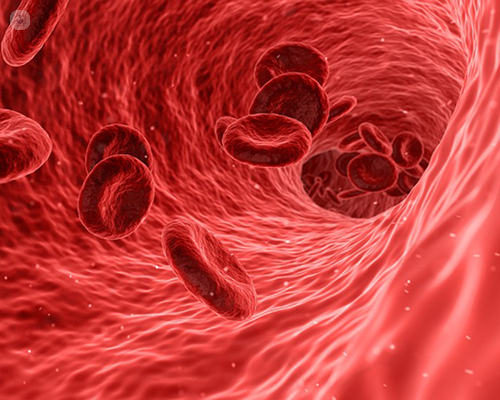Living with anaemia: four common types and their treatment
Written by:Anaemia is a condition generally characterised by a decreased quantity of red blood cells or haemoglobin in the blood. There are many different types of anaemia, but iron deficiency anaemia is the most common. Even though symptoms aren’t always very obvious, some more severe cases of anaemia can greatly affect quality of life.

What is iron deficiency anaemia?
Caused by too little iron in the blood, iron deficiency anaemia can cause paleness, heart palpitations, irritability, and fatigue. In severe cases, heart palpitations and shortness of breath may occur.
Treatment of this condition is simple, and usually requires the patient to take iron supplements and modify their diet to include more-iron rich food. Recommended sources of iron are:
- certain dark green vegetables (such as kale);
- brown rice;
- pulses;
- beans;
- meat;
- fish, and;
- tofu, among others.
Around 50 per cent of people with anaemia have iron deficiency anaemia.
What is pernicious anaemia?
This form of anaemia is more common in the 50 to 60 age group. It is caused by a lack of vitamin B12, which is needed to maintain the health of the nervous system and stimulate the production of red blood cells. Symptoms include:
- diarrhoea;
- lack of energy;
- loss of appetite;
- difficulty concentrating, and;
- shortness of breath.
In order to treat pernicious anaemia, vitamin B12 supplements may be recommended, as well as a diet rich in vitamin B12 including foods such as poultry, meat, shellfish, eggs, and dairy products.
What is Thalassemia?
This is a hereditary blood disorder wherein an abnormal form of haemoglobin is produced by the body. The two main types of thalassemia are called alpha and beta. Alpha thalassemia major, the most severe alpha form, has been known to cause stillbirths. Symptoms may manifest as facial bone deformities, fatigue, stunted growth, shortness of breath, and jaundice (yellow skin).
In order to treat this form of anaemia, regular blood transfusions may be necessary, as well the intake of folate supplements.
Thalassemia is more common among people of Mediterranean, African, and Asian descent.
What is aplastic anaemia?
Characterised by the usual symptoms of fatigue and paleness, as well as purpura, infections, and congestive heart failure. People with aplastic anaemia are more likely to be heavy bleeders due to their inability to fight infections.
Aplastic anaemia is the result of the destruction of blood forming tissue in bone marrow, usually occurring after an injury.
In mild cases treatment may only require observation of the patient. In the more severe forms of aplastic anaemia, a blood transfusion or even a stem cell transplant could be necessary.
When should I seek medical help for anaemia?
If you are experiencing any anaemia symptoms, it is recommended you visit a specialist so that a proper diagnosis may be made.
Other common forms of anaemia include:
- Folic acid deficiency anaemia
- Sickle cell anaemia
- Polycythaemia vera
If you require expert treatment for this condition arrange an appointment with a Top Doctors anaemia specialist here.


